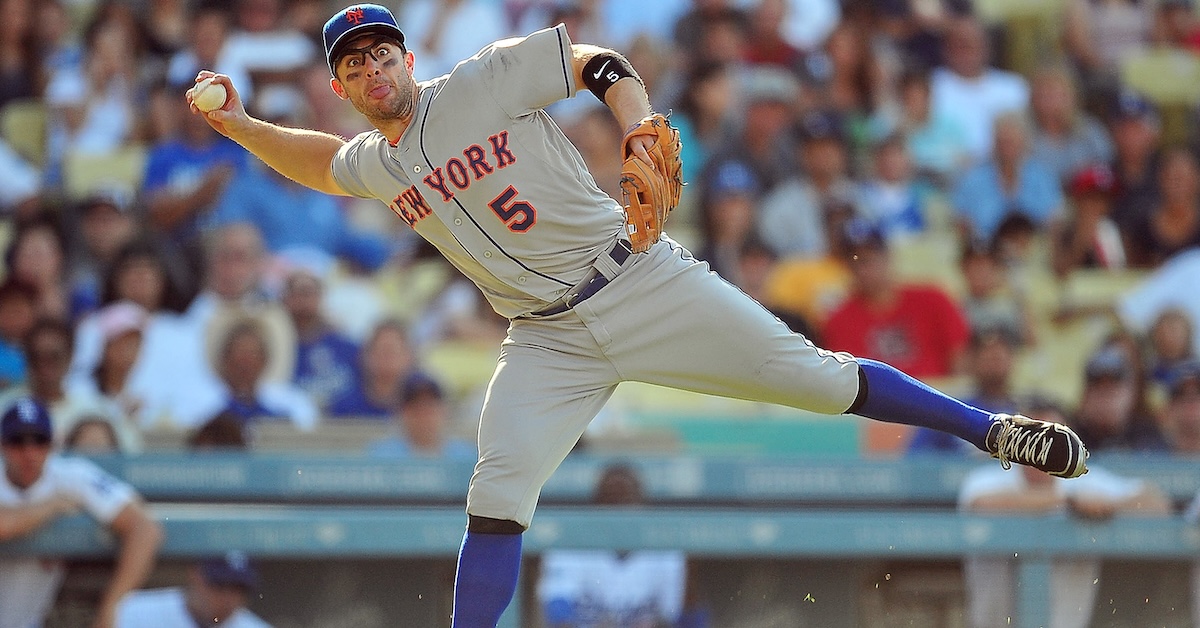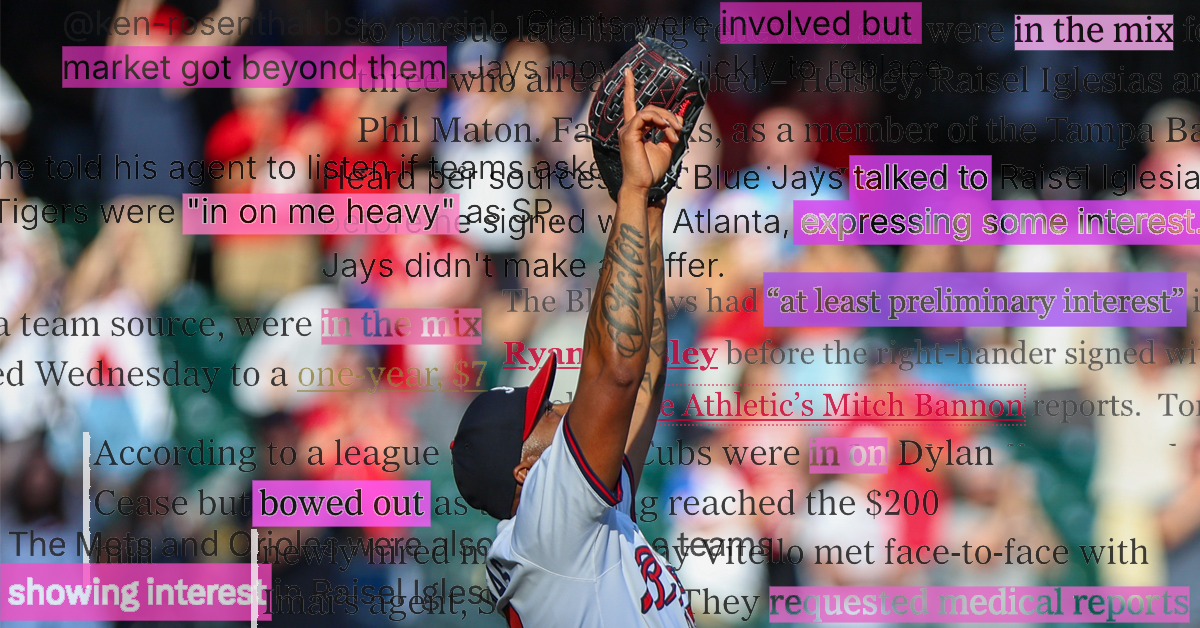2026 Baseball Operations Summer Intern
POSITION OVERVIEW:
The Baseball Operations Internship program offers hands-on experience across the operations domain. Interns will contribute to both daily functions and longer-term growth of the department. The program will look to enhance candidate expertise and help build strong foundations across the broader baseball operations infrastructure. Interns will support a wide variety of day-to-day processes and projects within the operations domain.
These processes may include supporting the baseball operations chief of staff and leadership, baseball strategy, baseball initiatives, and both major and minor league operations. This role is designed to build a strong baseball operations foundation, combining curriculum and project-based education, day-to-day project and task execution, and exposure to decision-making processes at the highest level of the game. Prior baseball experience is not mandatory for success in this role.
TIMELINE AND LOGISTICS:
Applications must be submitted by December 16th, 2025 to ensure consideration. This is a Summer Internship program running from late May to early August+, pending candidate availability. The hourly rate for this position is $20.
RESPONSIBILITIES:
- Assist with day-to-day baseball operations, including helping with administrative duties, strategic initiatives, content development, logistical management, and research.
- Prepare and maintain information and materials for key front office decision making and operation.
- Support content generation for leadership decision making and communication.
- Provide strategic and logistical support for important baseball events such as the MLB Draft and Trade Deadline.
- Operate and train critical player tracking and player development technology.
- Conduct market research relevant to emerging projects for baseball strategy and initiatives groups.
- Creatively pursue ways to improve operations processes and generate ideas for future team projects.
- Develop core baseball operations competencies through hands-on experience, education, and mentorship.
COMPETENCIES DEVELOPED:
- Analytical Thinking: Develop a strong knowledge of modern baseball metrics, development practices, and evaluation skills.
- Communication & Teamwork: Work effectively across groups, presenting information clearly to varied constituents and collaborating in a fast-paced environment.
- Task Prioritization & Execution: Proactively manage multiple tasks under pressure with high attention to detail, balancing project urgency and impact.
- Innovation & Adaptability: Develop proficiency with cutting-edge technology within and outside of baseball, while contributing ideas for process improvement and optimization.
- Growth Mindset: Show humility, curiosity, and commitment to continuous personal and professional development.
ADDITIONAL QUALIFICATIONS:
- Willing to work nights, weekends, and holidays.
- Ability to multitask in stressful situations.
- Proficiency in Microsoft Excel and PowerPoint.
- Experience with SQL, R, Python is a plus but not required.
- Fluency in Spanish is a plus but not required.
- Current undergrad or graduate students entering their final year of studies is preferred, but open to all applicants.
- Prior baseball or sport experience is not required.
OUR CULTURE
All Baseball Operations staff are expected to excel across universal competencies related to problem solving, teamwork, communication, and time management, as well as values such as honesty, humility, relentlessness, and a commitment to diversity, equity, inclusion, and belonging.
This internship is designed as a pathway for motivated individuals to grow skills in preparation for future roles in Baseball Operations. Interns will complete the program with meaningful real-world experience, professional mentorship, tailored education from curriculum and project-based learning opportunities, and the opportunity to contribute directly to the success of the Boston Red Sox.
At the Boston Red Sox and Fenway Sports Management, we go beyond embracing diversity. We’re committed to living by our values, strengthening our community, and creating a workplace where people genuinely feel like they belong.
Too often, job seekers don’t apply to positions because they don’t meet every qualification. If you love this role and are great at what you do, we encourage you to apply. Your unique skills and experiences might just be what we’ve been looking for.
Prospective employees will receive consideration without discrimination based on race, religious creed, color, sex, age, national origin, handicap, disability, military/veteran status, ancestry, sexual orientation, gender identity/expression or protected genetic information.
To Apply
To apply, please follow this link.
The content in this posting was created and provided solely by the Boston Red Sox.









